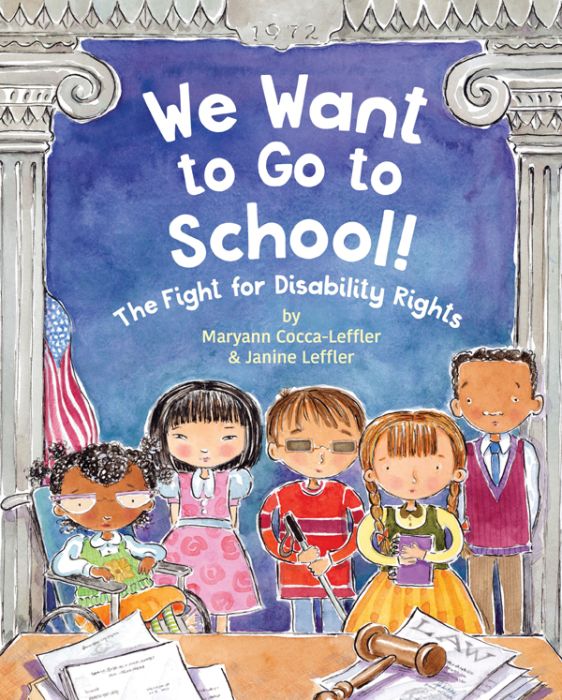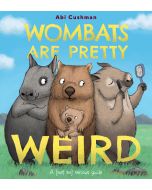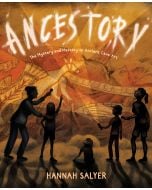
We Want to Go to School! : The Fight for Disability Rights
Written and illustrated by Maryann Cocca-Leffler, Janine Leffler
Edition
Written and illustrated by Maryann Cocca-Leffler, Janine Leffler
Hardcover edition
Publisher Albert Whitman & Company Imprint Albert Whitman ISBN9780807535189
We Want to Go to School! : The Fight for Disability Rights
 17.55
17.55
Out of stock
SKU
9780807535189J
There was a time in the United States when millions of children with disabilities weren't allowed to go to public school. But in 1971, seven kids and their families wanted to do something about it. They knew that every child had a right to an equal education, so they went to court to fight for that right. The case Mills v. Board of Education of the District of Columbia led to laws ensuring children with disabilities would receive a free, appropriate public education. Told in the voice of Janine Leffler, one of the millions of kids who went to school because of these laws, this book shares the true story of this landmark case.
“About Disability Education Rights in the United States.” Time line. Authors’ notes. “A Note from Paul R. Dimond, Plaintiffs’ Attorney for Mills v. Board of Education of the District of Columbia.” Selected sources. Full-color illustrations.
|
Standard MARC Records Cover Art |
Nonfiction Early Elementary Plus (Grades PreK-2)
Nonfiction Early Elementary Plus
Nonfiction Early Elementary Plus (Grades PreK-2)
For Grades PreK-2
This collection introduces young readers to fascinating topics in history, science, and more. Through engaging storytelling and vibrant illustrations, these selections make learning fun and accessible for beginning readers.
14 books per Year
$282.52 per Year
Interests
Animals, Beginning Readers, Nonfiction, Picture Books, Science/STEAM, Storytime/Read Alouds






